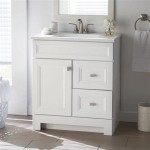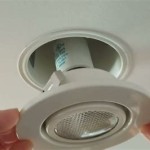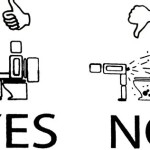Why Have My Bathroom Tiles Changed Colour?
The pristine white bathroom tiles that once adorned your bathroom might have taken on an unwelcome yellow or brown hue over time. This colour shift is a common concern for many homeowners, and it can detract from the overall aesthetic appeal of your bathroom. While it might seem like a cosmetic issue, understanding the underlying causes behind the discolouration can help you find effective solutions to restore your tiles to their former glory.
Hard Water Deposits: A Common Culprit
Hard water, rich in minerals like calcium and magnesium, is a major contributor to tile discolouration. When hard water evaporates on tiles, it leaves behind mineral deposits that appear as white or yellowish stains. These deposits can build up over time, creating a dull and unattractive film across the tile surface. The severity of the discolouration depends on the mineral content of the water and the frequency of water exposure.
The presence of iron in hard water can also lead to reddish-brown staining on tiles, further exacerbating the discolouration problem. Iron stains are particularly stubborn and require specialized cleaning methods. In some cases, iron may even penetrate the tile's glaze, making it more challenging to remove.
Soap Scum and Other Residues
Soap scum, a greasy residue left behind by soap and other bathroom products, can also contribute to tile discolouration. Soap scum tends to stick to tile surfaces, attracting dirt and making the tiles appear dull and dingy. Additionally, mildew and mold growth, often found in damp bathrooms, can leave behind unsightly black or green spots on tiles.
The accumulation of soap scum and other residues can obscure the original colour of the tiles, making them appear darker or more yellowish. Regularly cleaning and disinfecting bathroom surfaces can help prevent the buildup of these residues and maintain the brightness of your tiles.
Grout Discolouration
Grout, the material used to fill the gaps between tiles, is porous and prone to staining. Over time, grout can absorb dirt, grease, soap residue, and even mold spores, leading to discolouration. Stained grout can make the entire tile surface appear dirty and unappealing, even if the tiles themselves are clean.
Grout discolouration can be particularly challenging to address, as the stains often penetrate deep into the grout. While cleaning agents can help remove surface stains, professional grout cleaning or replacement may be necessary in cases of severe discolouration.
Tile Glazing and Age: Factors to Consider
The type of glaze used on your tiles can also play a role in their susceptibility to discolouration. Tiles with porous glazes are more likely to absorb stains, while those with a dense, non-porous glaze are more resistant to discolouration. Age can also contribute to tile discolouration, as the glaze can become dull and less effective at repelling stains over time.
While these factors cannot be changed, it's important to consider them when choosing tiles for your bathroom. Choosing tiles with a high-quality, non-porous glaze can help minimize discolouration and ensure long-lasting beauty. Additionally, regular cleaning and maintenance can help preserve the appearance of your tiles and prevent the buildup of stains.
Help Tile At Bottom Of Shower Changing Color Ceramic Advice Forums John Bridge

Tiles Changing Colour Tiling Forum Advice Tilers

Can You Change Tile Color Without Replacing It Maryland Tub

9 Reasons To Cause Tile Color Difference Not Just Quality Problems Knowledge Zibo J C

Why Are My Shower Tiles Becoming Discolored

Why Are My Shower Tiles Turning Yellow

This Shower Tile Changes Color Depending On The Temperature Of Water

Painting Bathroom Tile 6 Things To Know First Bob Vila

From Ugly To Wow How Paint Bathroom Shower Tile

Boring Beige Tile Bathroom Makeover Porch Daydreamer
Related Posts







